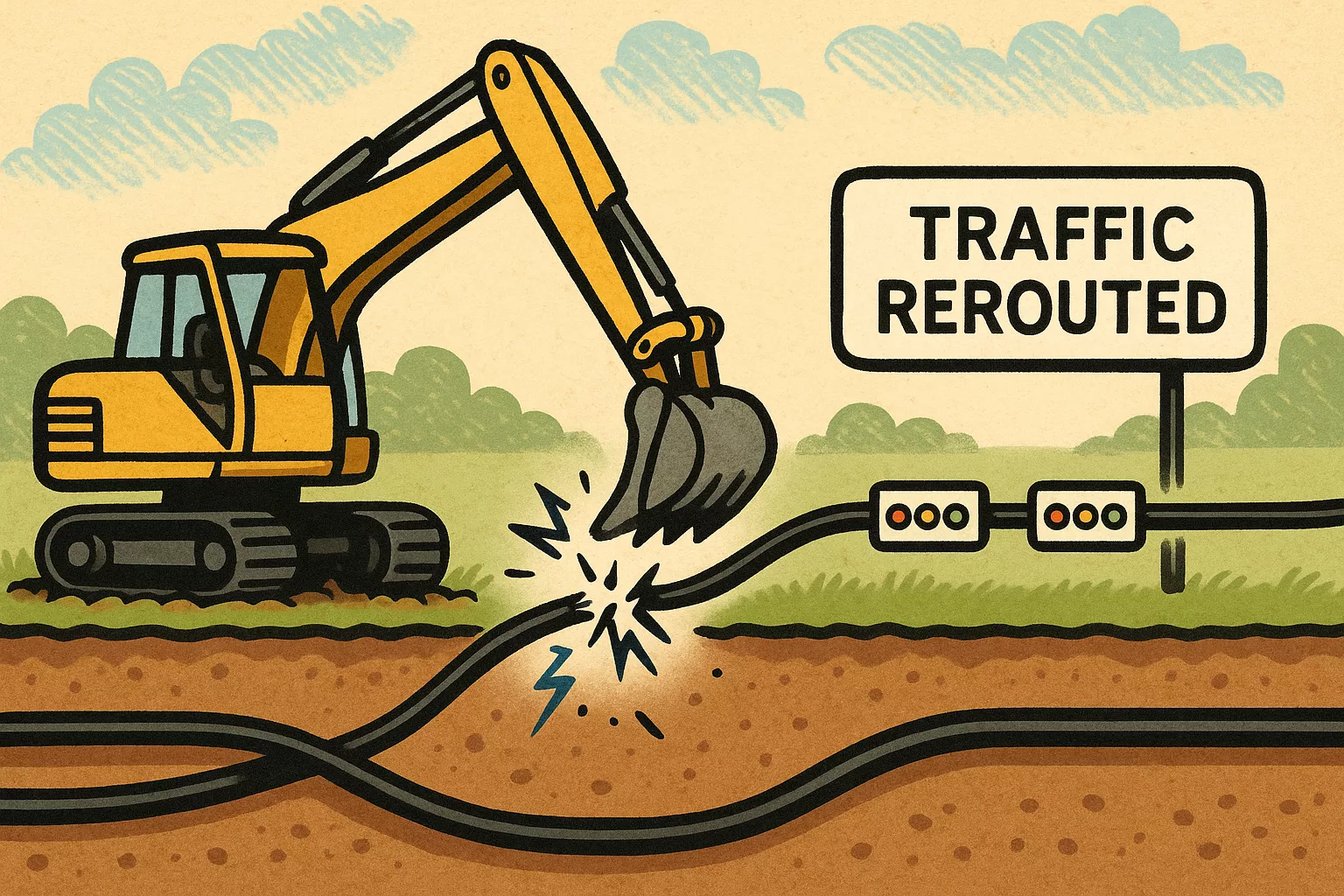There’s nothing glamorous about a blinking cursor on a dead connection. For IT teams, downtime isn’t just a technical failure—it’s a career-defining moment. Whether you’re running a data center, a global enterprise, or a remote oil platform where connectivity keeps operations alive, high availability must be designed, not hoped for.
Redundancy: The First Rule of Survival
Think of redundancy as carrying a spare tire, a jack, and maybe even a second car if the first one breaks down. Networks survive the same way. Redundancy means having:
- Link redundancy: Two or more connections to the internet or between sites. If fiber gets cut (construction workers have an uncanny talent for finding buried lines), traffic reroutes instantly.
- Device redundancy: Firewalls, switches, and routers aren’t immortal. Dual units in high-availability clusters make sure one can fail without dropping service.
- Path redundancy: Links and devices are useless if they all follow the same route. True resilience means diversity—different carriers, separate trenches, alternate power feeds.
When all three layers—links, devices, and paths—are covered, the network becomes stubbornly resistant to failure.
Failover Planning: Because Chaos Has a Schedule
Redundancy is hardware. Failover is choreography. Without proper failover planning, redundancy means “expensive spares.”
Failover planning covers:
- Automatic detection and switchover: Protocols like VRRP (Virtual Router Redundancy Protocol) or clustering mechanisms detect outages and hand over traffic seamlessly.
- Testing under fire: A failover that’s never tested is a failover that will fail. Teams must practice “pulling the plug” to prove switchover works under real conditions.
- Prioritization and traffic shaping: Not all traffic deserves equal treatment. During an outage, business-critical systems should get first dibs on bandwidth while video streaming or casual browsing wait their turn.
Failover isn’t just about technology; it’s also about preparing people too. Clear runbooks, escalation steps, and practiced responses turn panic into procedure.
Why High Availability Matters in IT Operations
In today’s digital economy, downtime is costly. Industry benchmarks peg the average cost of network downtime anywhere between $5,000 to $9,000 per minute. In critical industries like oil and gas, healthcare, or finance, the real cost is measured not in dollars but in safety, compliance, and trust.
As someone who has spent nights offshore, with drills about to start and only hours left to stabilize a network, I can tell you: resilience is not optional. High availability isn’t just a technical feature—it’s operational survival.
Bringing It All Together
Building networks that refuse to go down isn’t magic. It’s about discipline in design and practice in execution. Redundancy ensures there’s always a Plan B (and C). Failover ensures those plans actually work in real time. Together, they transform fragile systems into resilient backbones that carry businesses through storms—both digital and literal.
If your network design doesn’t yet ask, “What happens when this breaks?” – it’s not finished. True resilience comes when the answer is, “We don’t stop. We just keep going.”


Leave a Reply